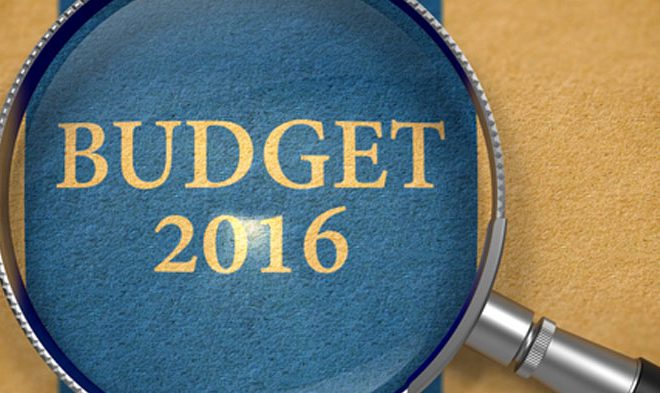Know where your money goes and create a spending plan
Spending more money than you make can be fun for a while, but will eventually lead to unnecessary stress and heartache when you can’t pay back your debt, especially if you lose track of where your money is being spent. Good money management includes being able to pay your monthly bills, save for the future, and buy the things you need and want without creating unmanageable debt.
Putting your financial goals in writing can make them seem more achievable. A spending plan or budget is simply the process of creating a plan on how to spend your money and is useful for everyone at every life stage, not only those struggling to make ends meet. You can decide on the specific period you want to create a budget for, but most people start off with a monthly plan.
Here are five basic steps to help you create a spending plan or budget.
Step 1: Identify short term and long term financial goals
Think about what you want to achieve in the next few months, for example saving for a holiday, versus what you want to achieve in the long term, which could be a deposit on a car or house. If your goals require longer than a year to achieve they will be defined as long term financial goals. Write down the purpose of the money, how much you need, and by when you are hoping to achieve each goal.
Step 2: Identify total income
List all your income for a specific period so you know exactly how much you will have. Income may come from a number of different sources, such as your salary after deductions and tax, bonuses or overtime, gifts, rental income, interest and dividends on savings or investments or a tax refund.
Step 3: Identify expenses
In order to manage your money; you have to know where your money is going. What do you buy? What monthly expenses do you have? Get into the habit of keeping receipts and bank statements in a safe place and track them on a monthly spreadsheet or budget management tool, as they are important for your spending plan and at income tax time. Expenses can be divided into fixed or regular expenses and flexible expenses.
Fixed expenses are often the same or similar amounts each month, and late or missed payments can cause problems such as late fees, eviction, legal action, or having your utilities cut off. Examples include rent, car payments, telephone, insurance, medical aid, loan repayments, savings and utilities such as water and electricity.
Flexible expenses vary from month to month, and this is usually where most people lose track of spending. Once you start keeping a record of what you’re spending you’ll be surprised to see how much you’re spending on things you don’t really need. Examples include food, clothing, transport, recreation, personal care and gifts.
Flexible expenses may also be unexpected such as car repairs or replacing a worn-out appliance. It’s important to set aside money each month for these expenses, so you will be prepared.
Step 4: Compare income and expenses
Once you’ve created your income and expenses lists, create another page where you write down your total income and total expenses. All you have to do now is subtract the expenses from your income to determine what you’ll be left with each month. If you have money left at the end of the month, your income and expenses are balanced which is great news. The additional money can be put towards your short or long term goals. If you’re spending more than your income, you’ll have a negative cash flow and will need to cut back on expenses by looking at your flexible expenses first, explore ways of gaining more income or use your savings to cover the deficit.
Step 5: Set priorities and make changes
It will be increasingly difficult to reach your short and long term financial goals if you continually overspend. Over spending will leave you in debt that becomes difficult and expensive to pay off. On the other hand, reaching your financial goals will provide great satisfaction. Review your financial goals and decide what can be changed if are or aren’t contributing towards them each month. The good news is that your plan can easily be changed at any stage once your financial situation changes.
MoneyShop




